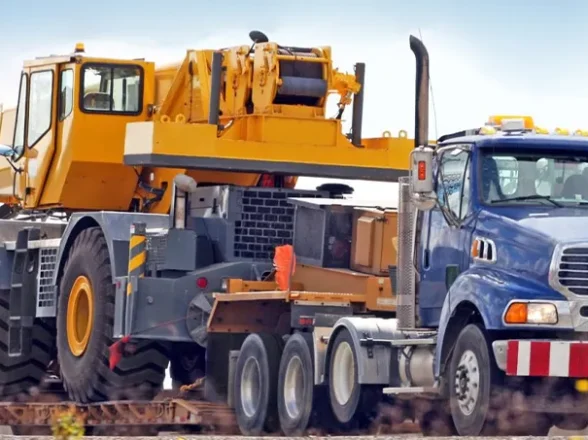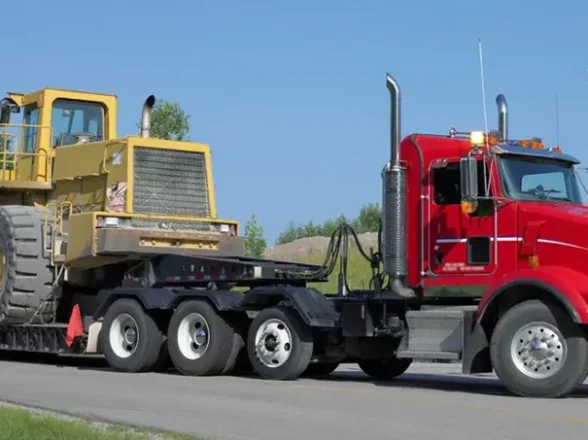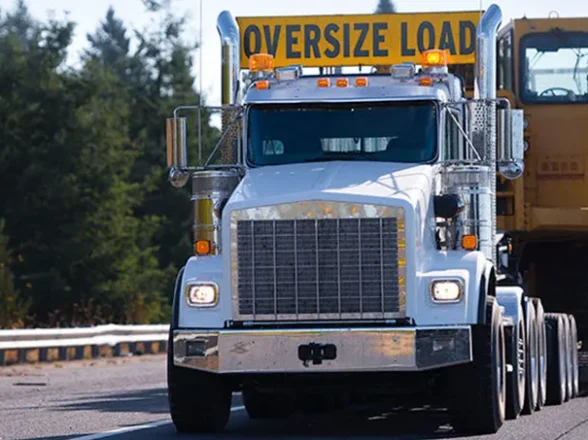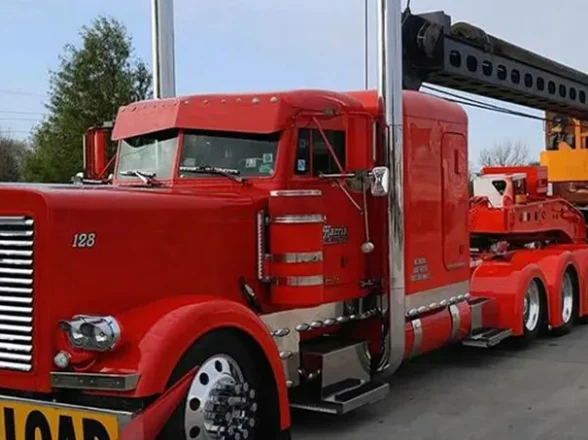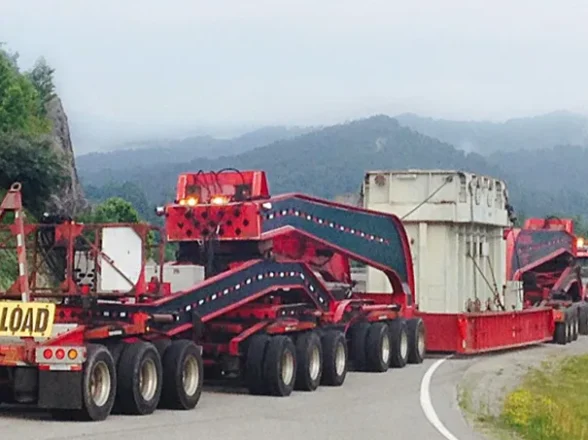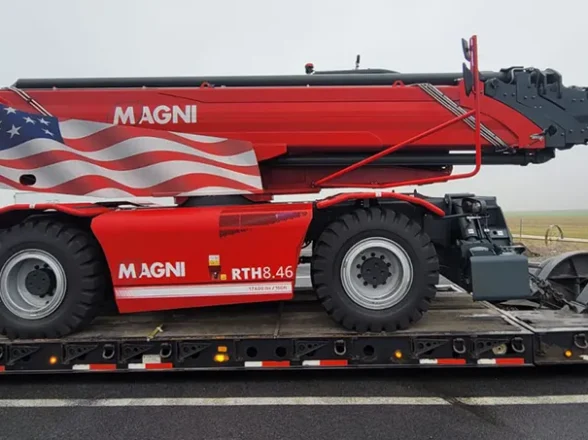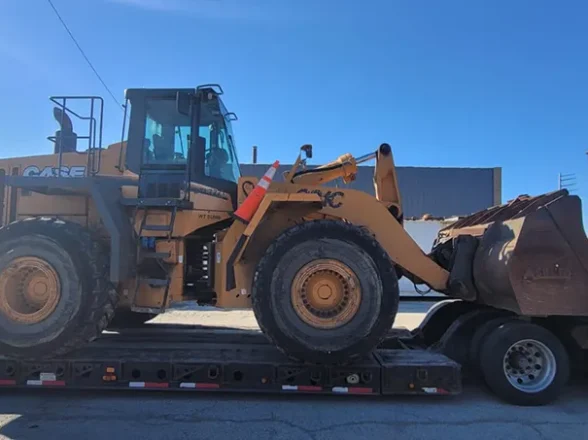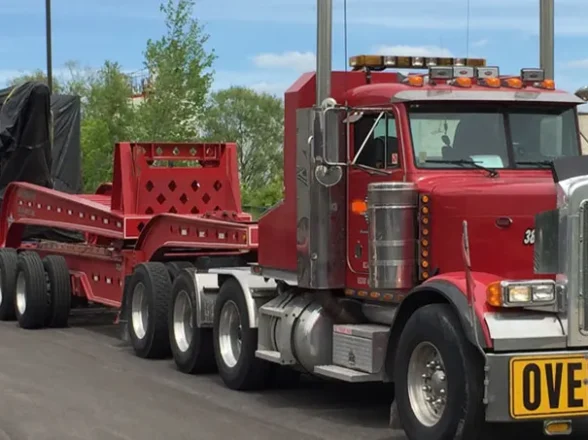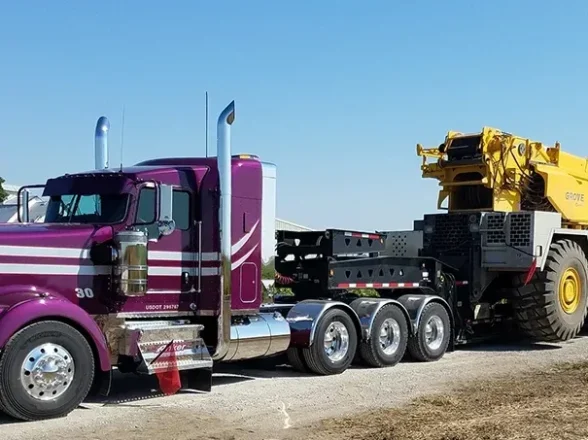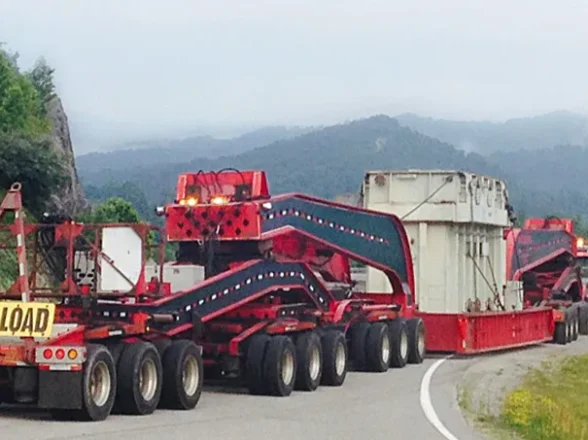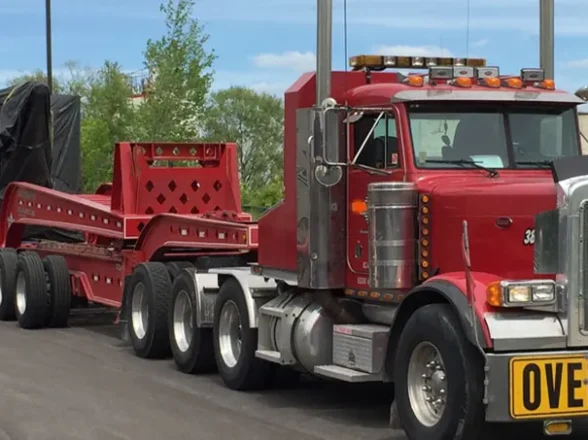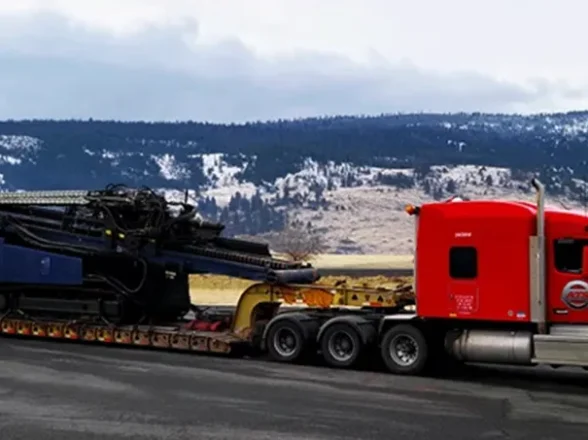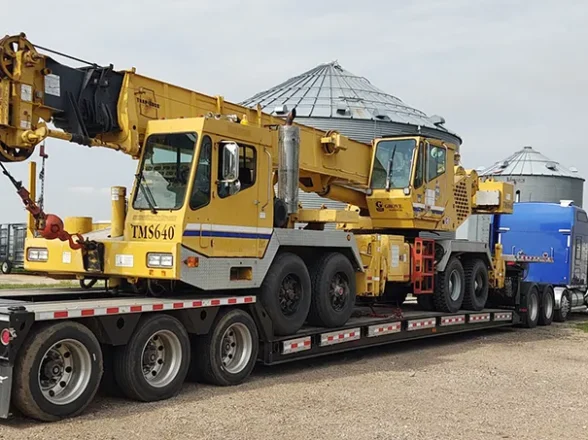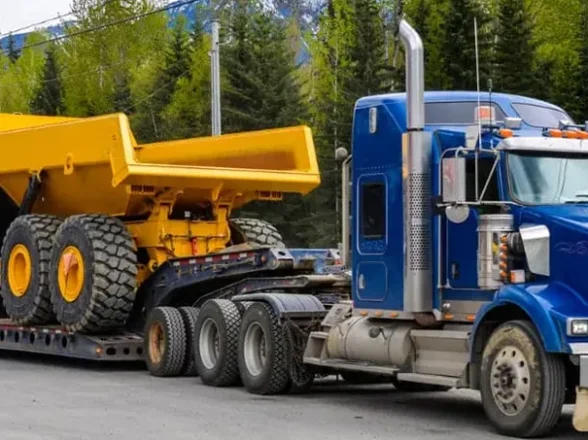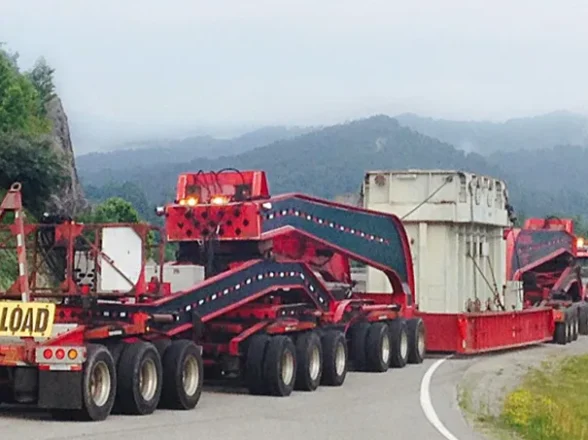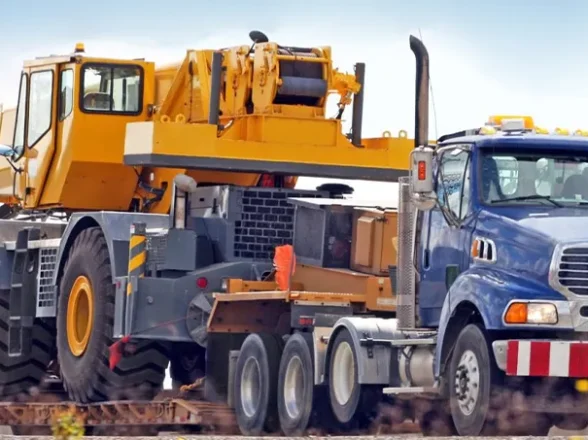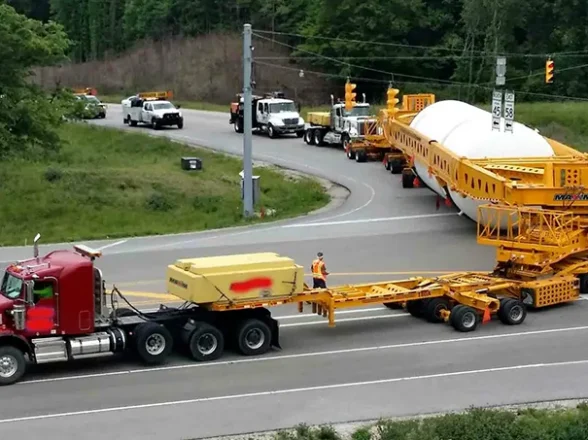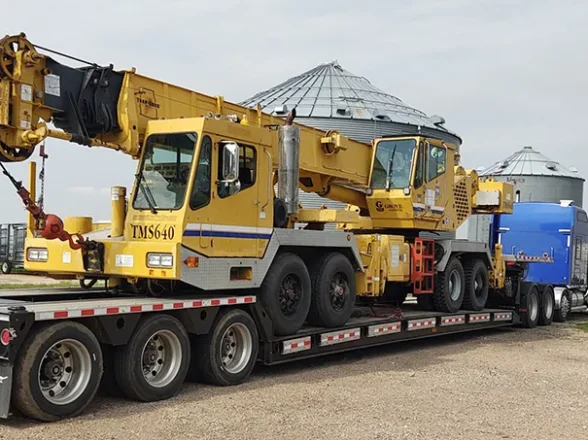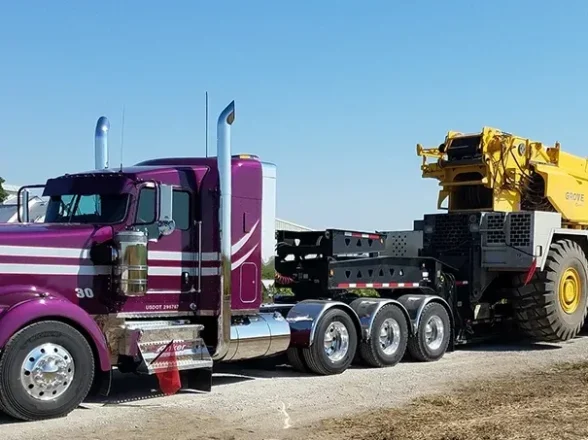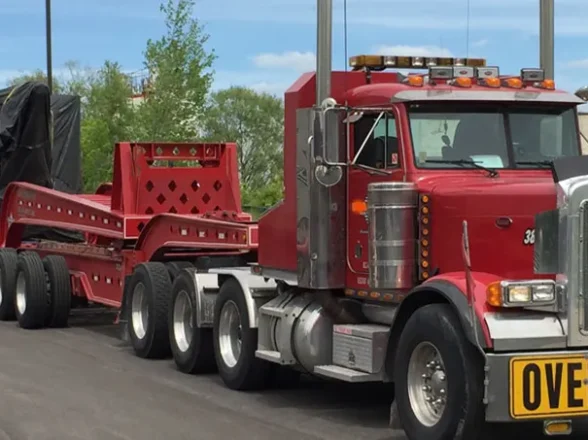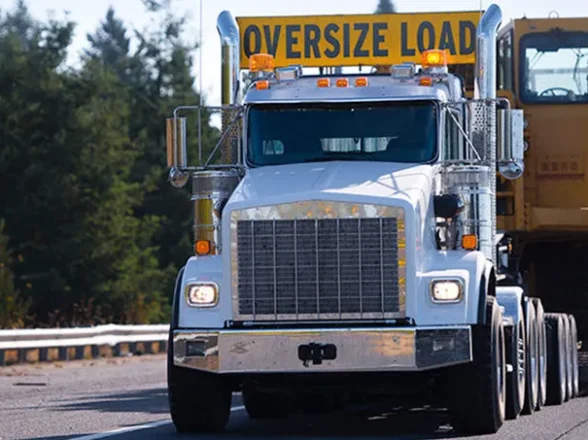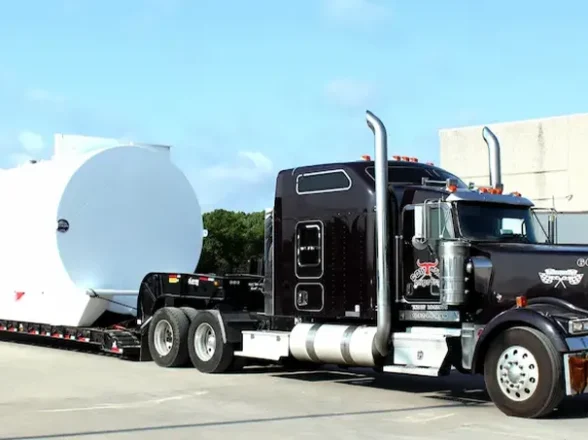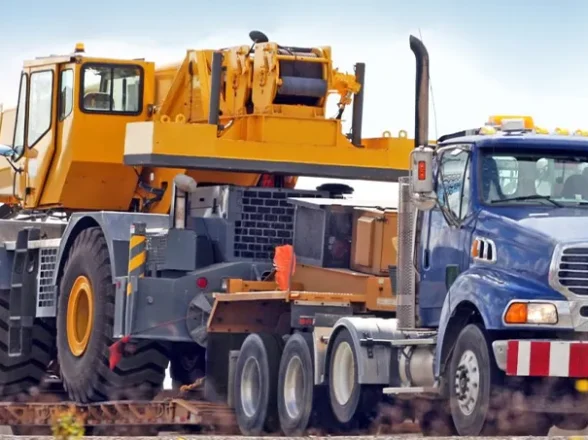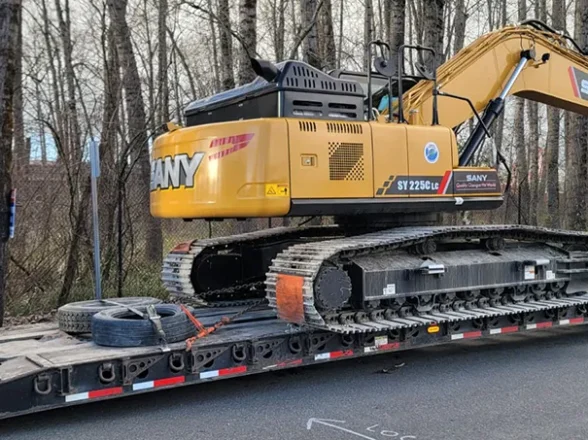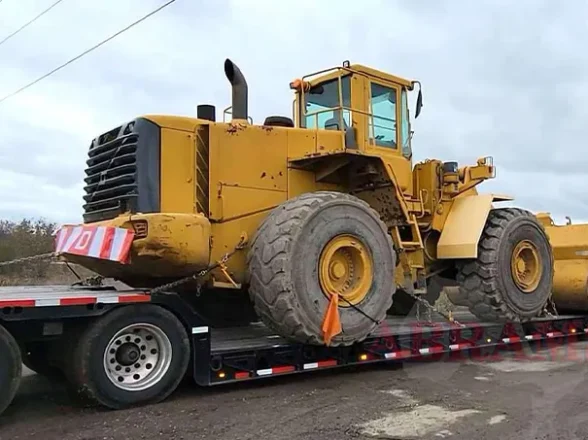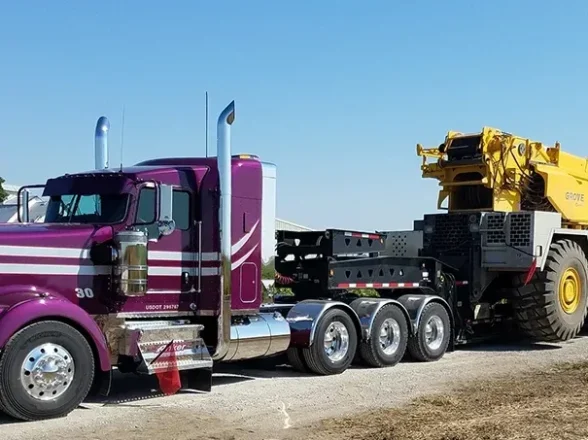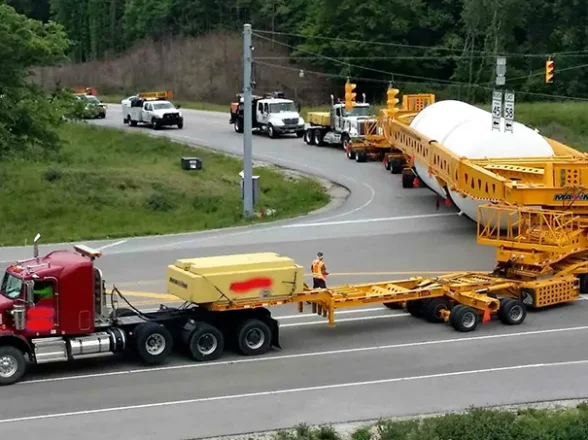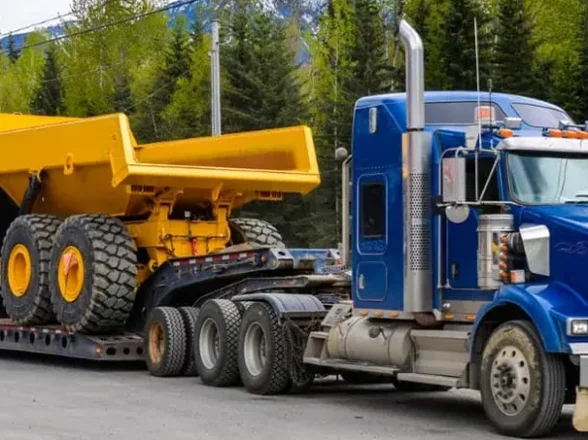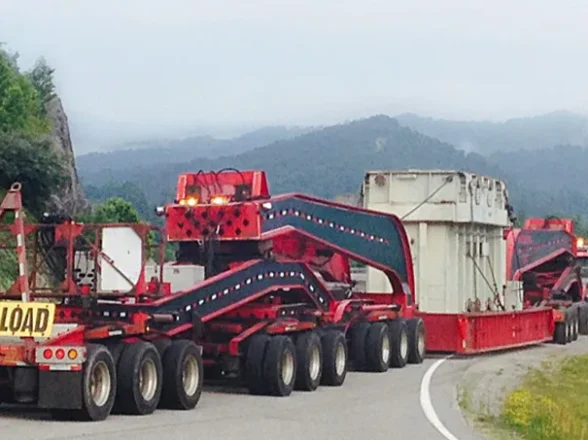DNP news
Blog
Essential Guide to Oregon Oversize Permits
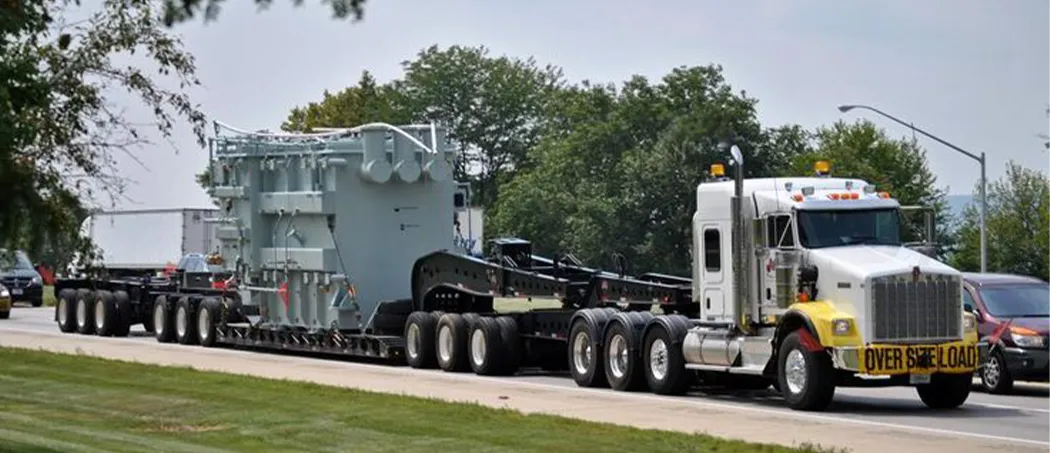
The following information about Oregon Oversize Permits is provided solely for reference. Please carefully review your permits and provisions sheets, as we cannot guarantee the accuracy of the information. For questions or assistance, contact the number provided.
Oregon DOT #:1-888-275-6368
Oregon Oversize Permits Duration
Oregon oversize permits have a validity period of 10 days, and it is mandatory to obtain the permit before entering the state.
Operating Time
- From Labor Day to Memorial Day, operational hours are from one-half hour before sunrise to one-half hour after sunset every day of the week.
- During Memorial Day to Labor Day, travel is restricted to Saturdays until noon, with no travel permitted on Sundays. Exceptions include vehicles not exceeding 14 feet wide, which can travel during daylight hours on Interstate highways west of the summit of the Cascade Mountains and on authorized highways east of the summit (refer to Oregon Attachment H).
- Night travel is allowed for vehicles up to 10 feet wide on “green” routes and up to 12 feet wide on Interstates.
Restricted Travel in Oregon
- In urban areas of Portland, Salem, Eugene, Grants Pass, and Medford, as well as on non-Interstate highways and I-5 in Portland from the WA line to the junction of OR217, travel is prohibited for vehicles over 12 feet wide from 7:00 to 9:00 a.m. and 3:00 to 6:00 p.m.
- In Medford on I-5 between exits 24 and 33, travel for vehicles over 14 feet wide is subject to additional curfew areas outlined in the provision sheet.
Call (832) 454-5883 For Permit Consultation
Legal Dimensions for Oregon Oversize Load Permits
Length:
- 53′ semitrailer
- No overall limit on designated routes
- Group 1 routes – 60′
Overhang:
5′
Note: Trailers exceeding 53′ in length are not allowed unless they must be stretched for a load, and can be reduced to 53′ when unladen, or are in a combination with jeeps or boosters.
Width:
8’6″
Height:
14′
Weight:
80,000
- Single – 20,000
- Tandem – 34,000
- Tridem – Depends on spacings
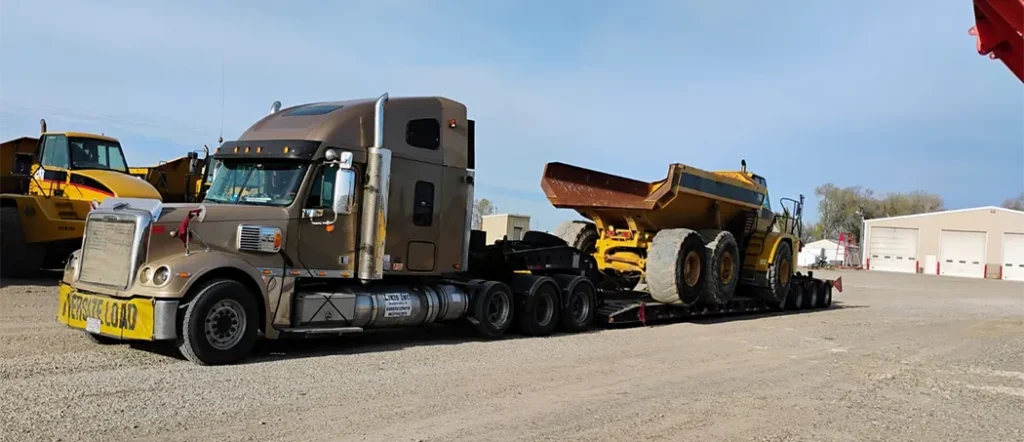
Routine Permit Limits at Oregon
Length:
105′
Overhang:
Rear overhang not to exceed 1/3 of wheelbase of the tractor/trailer combination.
Width:
16′
Height:
Depends on routes
Weight:
- Single – 21,500
- Tandem – 43,000
- Tridem
- 8’6″ or less 57600
- 9′: 58,800
- 10′: 64,500
- Steer – 600 pounds per inch of tire width (13,200 on 11″ tires)
- 16′ wide on the Interstate
- 14′ wide on 2-lane highways
- Over 17′ high
- 150′ long
- Over 120′ – 1 escort
- Over 140′ – as required on permit
- Over 14′ – 1 escort
- Over 16′ – as required on permit
- Over 105′ – 1 escort
- Over 120′ – 2 escorts
- Over 140′ – as required on permit
- Over 12′ – 1 escort,
- Over 14′ – 2 escorts
- Over 16′ – as required on permit
- Over 95′ – 1 escort
- Over 120′ – 2 escorts
- Over 140′ – as specified by permit Extra restrictions and pilot cars are required on a few secondary routes
Miscellaneous
Extended length and weight annuals permit the use of 48′ trailers on specific highways, such as 395 Pendleton to John Day and 25 across Oregon, as well as divisible loads exceeding 80,000 pounds gross. These permits, available for $8.00, can be obtained in person at DMV offices or ordered over the phone by the permit office for pickup at a designated DMV office or POE. The dozer blade can be detached and transported on the same trailer if the load would be overweight, with or without the blade. The permit must explicitly mention “dozer with blade removed and reloaded.”
Signs, Flags & Lights for Oregon Oversize Permits
Oversize Load” signs are mandatory on the front of the tractor and the rear of wide loads or trailers exceeding 80′ in length. Reflective signs are required if operating at night. Flags must be placed on the outermost extremities of wide loads. For nighttime travel with a wide load, these extremities must be illuminated by lamps or marker lights (amber forward and intermediate side markers, red rearward markers). A rear overhang of 4′ or more should be marked with a flag or, in low visibility conditions, with red end load lights. When the width exceeds 10′ on a two-lane highway or 12′ on a multi-lane highway, amber warning lights on the cab are necessary, unless accompanied by a minimum of two pilot cars. Refer to Oregon provision sheet 82A for detailed specifications.






